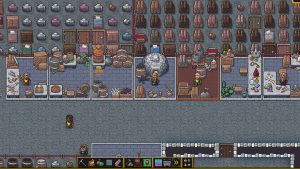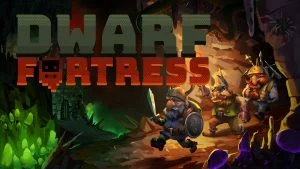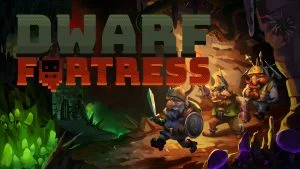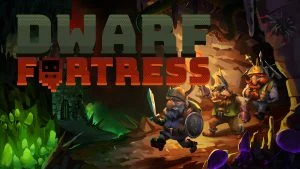Trading in Dwarf Fortress is a quick and easy way for you to get items, materials, and resources that you can’t find in the general vicinity. You should start enabling trading early on in your playthrough. However, like many things in Dwarf Fortress, trading isn’t as straightforward as it is in other games.
Indeed, trading is genuine trading or bartering. Aka, in Dwarf Fortress, you provide items for other items, and while everything has value, you can sometimes get away with paying a little less than you should have.
How to Trade in Dwarf Fortress
To trade, build a Trade Depot, then assign a Broker to it. Select the Trade Depot and click Move goods to/from depot and transport goods from your Stockpiles to your depot. Finally, click Trade, and a new window will open, enabling you to barter with the Merchant. You’ll need to wait for a Merchant to visit you, which usually happens in Autumn before the winter. See below for a step-by-step guide.

Try searching for a specific resource or good in the Trade Window using the search bar.
Building a Trade Depot
Here’s how to build a Trade Depot:
- Click Structures (b)
- Select Trade depot (T)
- Place the depot inside your village with left-click
Assigning a Broker
To assign a Broker that will handle your trades, navigate to the Nobles and Administrators menu (n), then select the ➕ icon next to Broker to assign one of your villagers to the role. Certain villagers will have special skills that make them better at trading, potentially meaning you can get a discount on many goods.
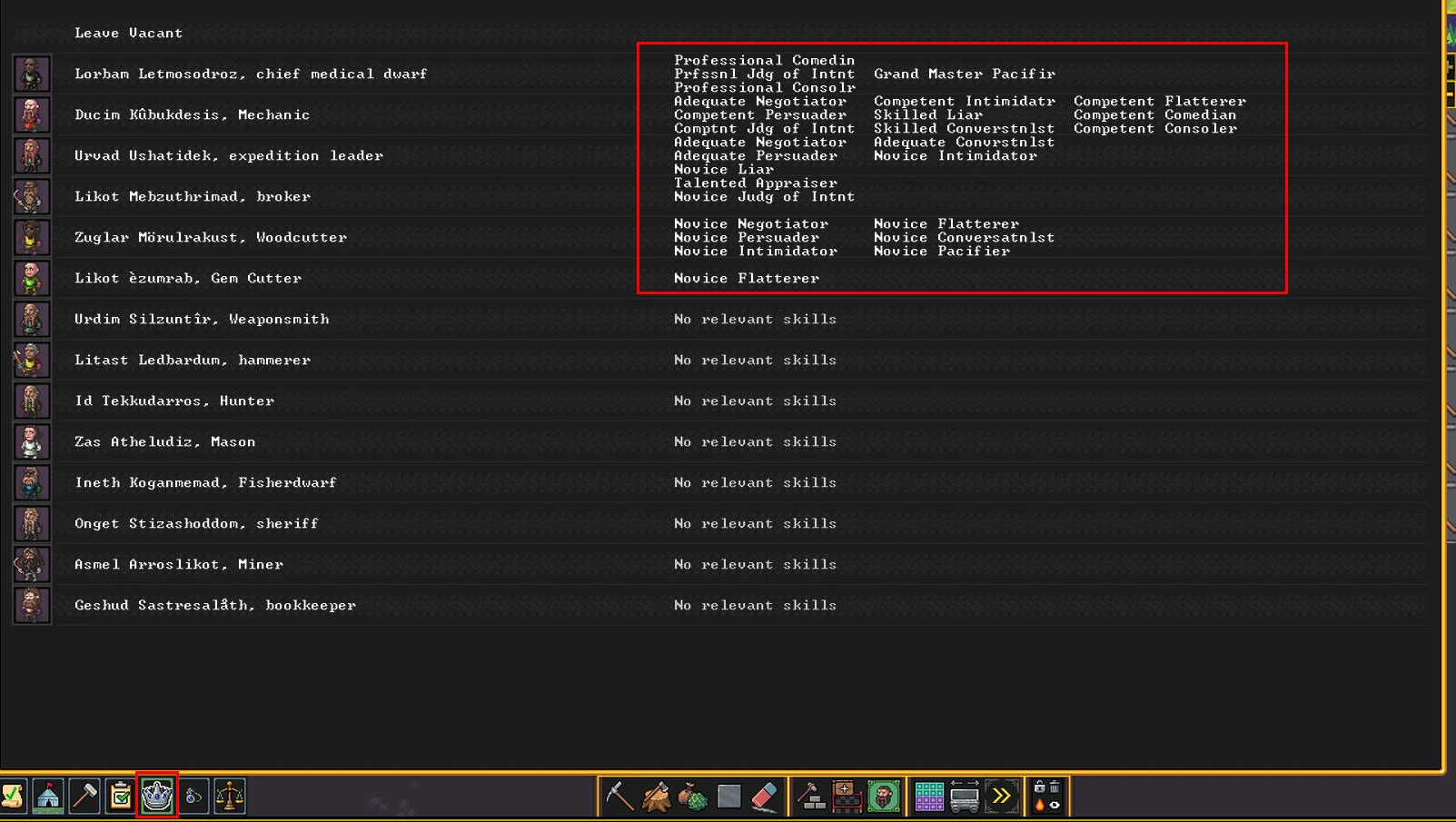
Once you have a broker, click Broker requested at the depot so that you have someone at your Trade Depot to barter with the Merchant. If your Broker is busy, you can click Anyone requested at the depot, though you won’t get the added benefits and bonuses you’d get with a competent Broker.
Getting the Most Out of Your Trade
There are two important concepts you should keep in mind to get the most out of your trading experience in Dwarf Fortress. They are:
Requests for Next Year’s Caravan
When the Merchant comes and visits you in Autumn, it will also open a new screen called Requests for Next Year’s Caravan. This will enable you to specify the specific goods you want in the next year–granted at a premium markup. Depending on the item and the amount, prices for that item in the next year could be 100-200+% higher than they would normally be.
So why would you request specific goods for next year, you ask? If you want something hyper-specific, especially materials or goods you can’t get in your seed, you may like to request them and pay that premium to create whatever item or material you need. The goods the trader brings every year are randomized, so there’s no telling what they can get next. Requesting the item ensures that they will bring it with them.
Trader Profit/Loss
The last thing to remember is the Trader Profit/Loss that can be viewed on the bottom left of the screen. Dwarf Fortress will calculate the difference between the value of your goods and the Merchant’s goods and let you know if you’re getting a good deal.
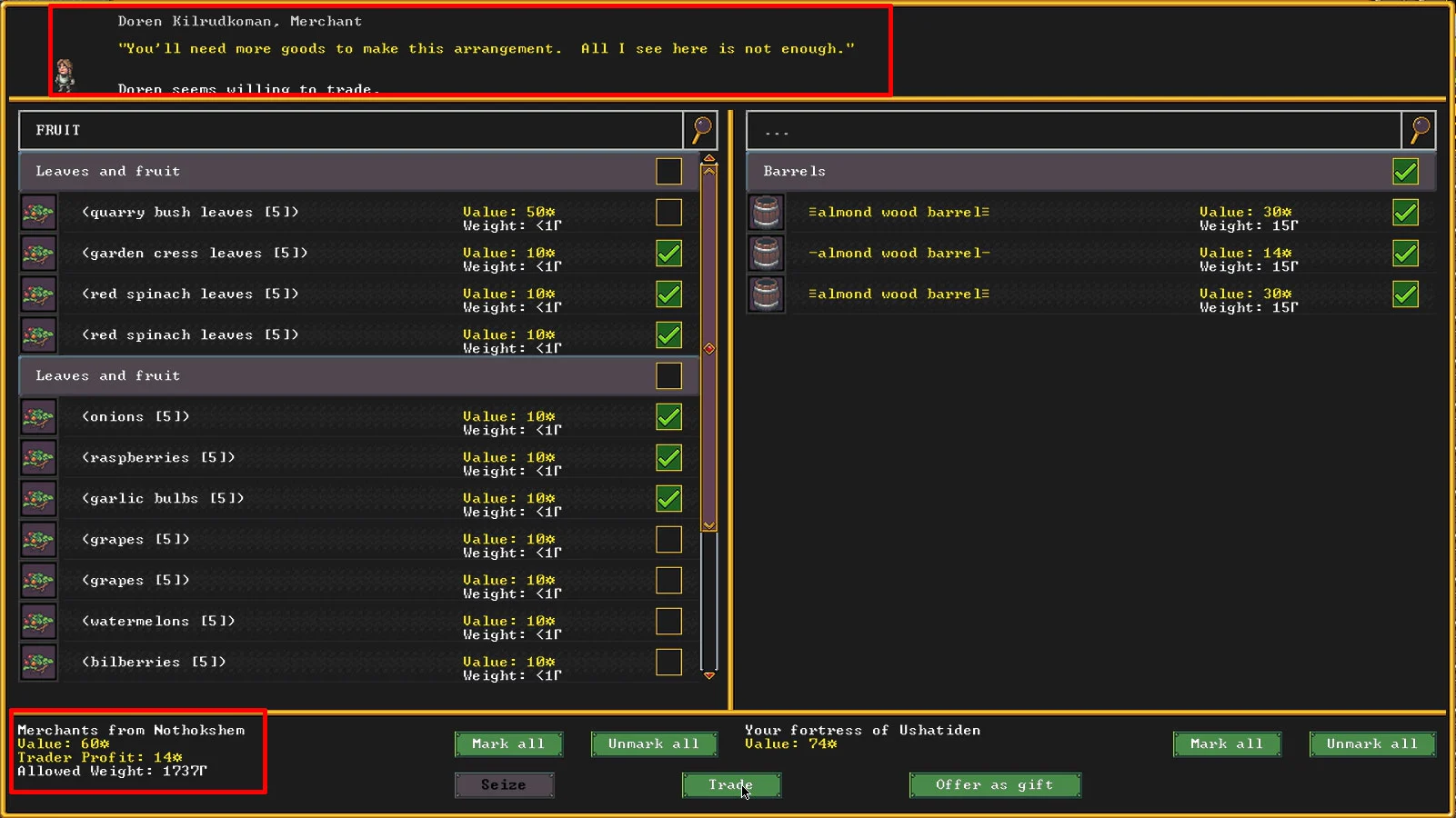
This is why picking a competent Broker is so important, because you may get away with trades where the Merchant is taking a Trader Loss. However, if you have a poor Broker, you will need to incentivize the Merchant with profit, which means you’ll have to spend more goods for items.
What Should You Trade in Dwarf Fortress?
In Dwarf Fortress, you can build a Craftsdwarf’s Workshop and Jeweler’s Workshop to create high-value goods, including gem-encrusted amulets that trade for a high value at the trader. This way, you can transform that useless stone that you’ve discovered into high-value goods that you can exchange for necessary goods, like seeds, meat, and food. We will cover these Workshops in-depth in a future guide.
For more tips and tricks, see our Dwarf Fortress Section.


